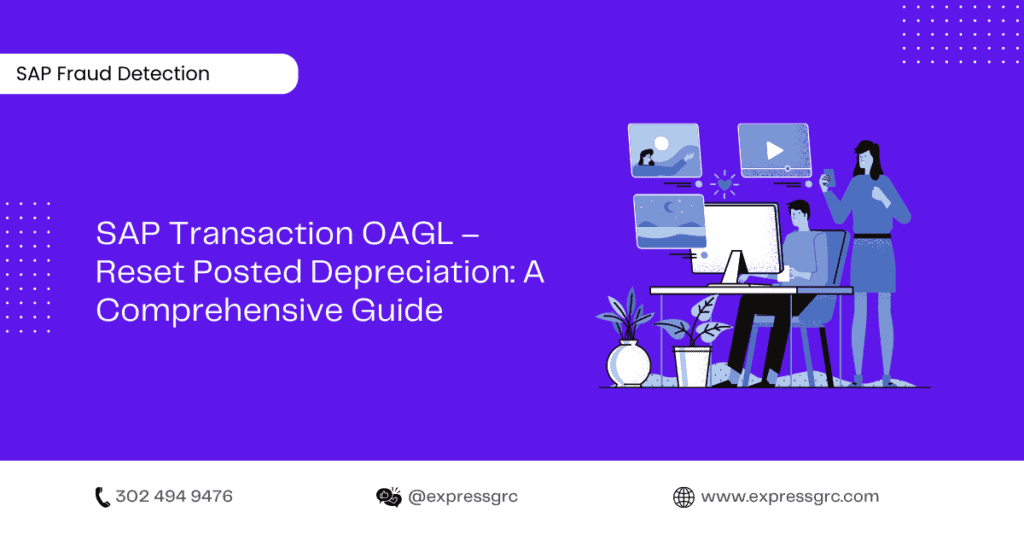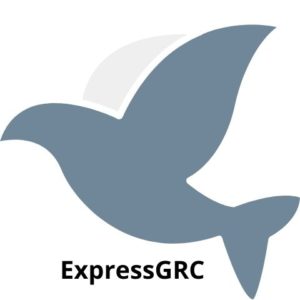Table of Contents
- Introduction
- Understanding SAP Transaction OAGL
- Importance of Resetting Posted Depreciation
- Preparing for OAGL Reset
- Executing SAP Transaction OAGL
- Verifying the Results
- Common Issues and Troubleshooting
- Best Practices for Using OAGL
- OAGL vs. Other Depreciation Reset Methods
- Frequently Asked Questions (FAQs)
- Conclusion

1. Introduction
In the world of enterprise resource planning (ERP) systems, SAP stands out as a leading provider. SAP offers a wide range of transactions and functions that streamline various financial processes for businesses. One essential transaction is OAGL, which facilitates the reset of posted depreciation in SAP systems. This comprehensive guide explores the ins and outs of SAP Transaction OAGL and its significance for businesses.
2. Understanding SAP Transaction OAGL
SAP Transaction OAGL is a powerful tool designed to reset posted depreciation for fixed assets. Depreciation is a crucial accounting process that allocates the cost of an asset over its useful life. In some cases, adjustments are necessary to correct errors, change depreciation methods, or modify asset values. OAGL comes into play when there is a need to reverse or reset previously posted depreciation for these fixed assets.
3. Importance of Resetting Posted Depreciation
Resetting posted depreciation is vital for maintaining accurate financial records and complying with accounting standards. By using OAGL, companies can rectify errors in depreciation calculations, leading to precise financial reporting and decision-making. It ensures that financial statements reflect the true value of assets and liabilities, providing a clearer picture of the organization’s financial health.
4. Preparing for OAGL Reset
Before executing SAP Transaction OAGL, certain preparatory steps are necessary to ensure a smooth process. The first step involves performing a detailed analysis of the fixed assets affected by the depreciation reset. Companies need to identify the specific assets, the nature of errors or changes, and the desired adjustments.
Next, businesses must create a comprehensive backup of the SAP system data. This precautionary measure serves as a safety net in case any unexpected issues arise during the OAGL execution.
5. Executing SAP Transaction OAGL
Once the preparation is complete, it’s time to execute OAGL. To initiate the transaction, users must have the necessary authorization and access rights. The OAGL process involves inputting specific asset values, depreciation areas, and periods for the reset. After confirming the data, the system performs the depreciation reset accordingly.
6. Verifying the Results
After executing OAGL, it is crucial to verify the results. Companies should generate comprehensive reports that detail the changes made to the fixed assets’ depreciation. These reports serve as audit trails, ensuring transparency and accountability in the depreciation reset process.
7. Common Issues and Troubleshooting
Despite meticulous preparation, businesses may encounter certain issues during the OAGL process. Common problems include data discrepancies, authorization errors, or incorrect input values. In such cases, it’s essential to identify the root cause and resolve the issues promptly. Proper troubleshooting ensures a successful OAGL execution.
8. Best Practices for Using OAGL
To make the most of SAP Transaction OAGL, companies should adopt best practices. Regularly reviewing depreciation calculations, conducting periodic audits, and training employees on OAGL usage are effective approaches to optimize the process. Additionally, maintaining up-to-date documentation ensures knowledge retention and facilitates future depreciation resets.
9. OAGL vs. Other Depreciation Reset Methods
While OAGL is a powerful tool, there are other methods available to reset depreciation. It’s essential to compare and contrast OAGL with alternative approaches to understand its advantages and limitations fully. Each method may suit different scenarios, and businesses must choose the most appropriate one based on their specific needs.
10. Frequently Asked Questions (FAQs)
Q1: Can I use OAGL to reset depreciation for all types of assets?
Yes, SAP Transaction OAGL can be used to reset depreciation for all fixed assets that have posted depreciation.
Q2: Is OAGL reversible?
No, the reset performed using OAGL is irreversible. Therefore, it’s crucial to double-check the input data before execution.
Q3: Does OAGL impact other financial modules in SAP?
No, OAGL is a specific transaction focused on resetting depreciation and does not directly impact other financial modules.
Q4: What if I encounter errors during OAGL execution?
If you encounter errors during OAGL execution, consult with your SAP support team or refer to the system documentation for troubleshooting guidance.
Q5: Can OAGL reset historical depreciation data?
Yes, OAGL can reset historical depreciation data up to a certain period, as defined in the system settings.
11. Conclusion
SAP Transaction OAGL offers a powerful solution for businesses to reset posted depreciation for fixed assets. Accurate depreciation calculations are essential for financial reporting, compliance, and decision-making. By following the steps outlined in this comprehensive guide, companies can leverage OAGL effectively and maintain precise financial records.
